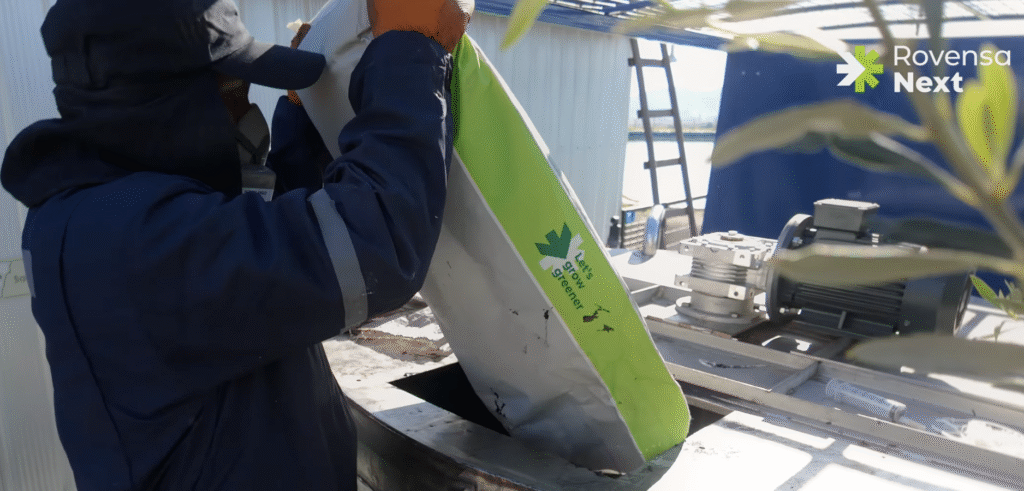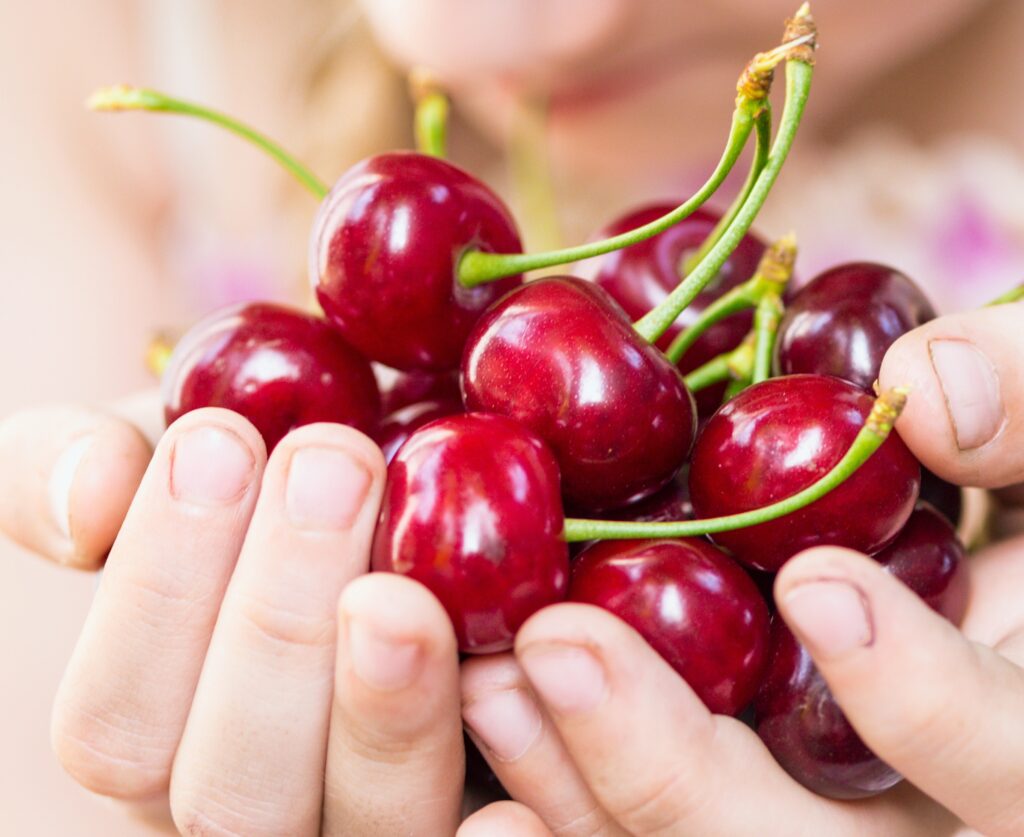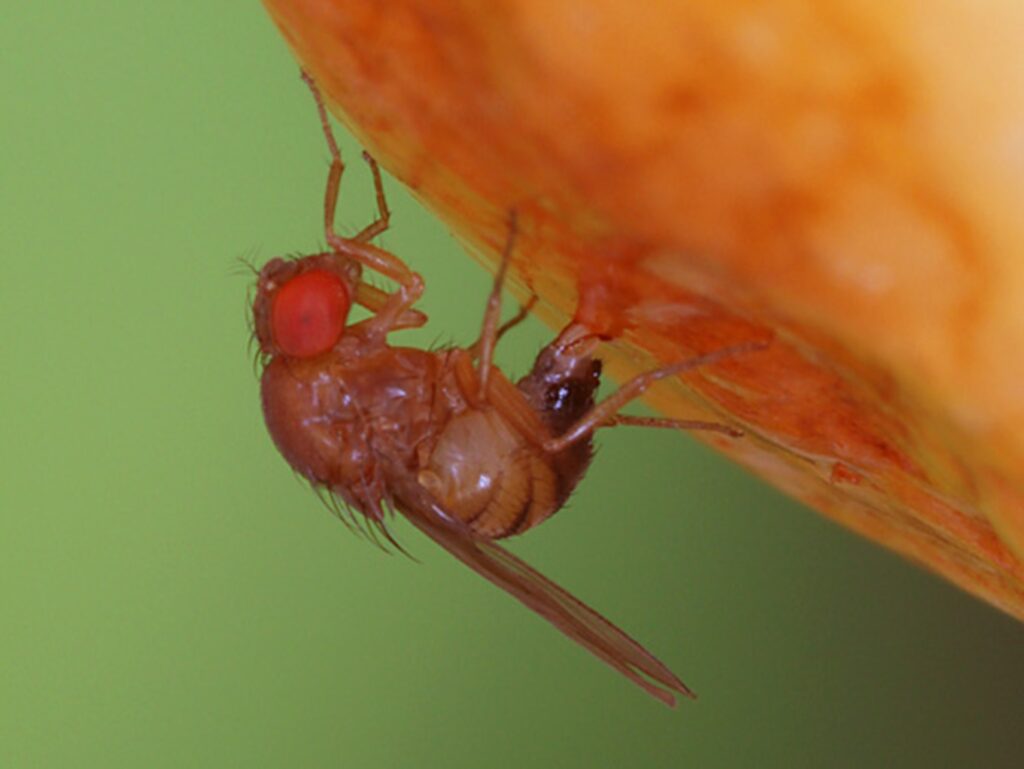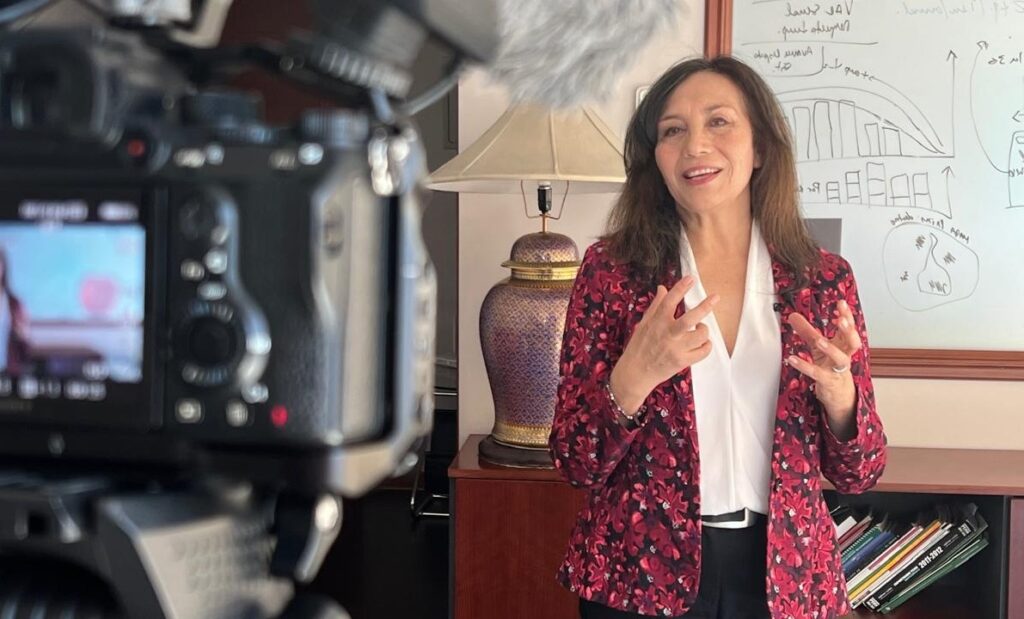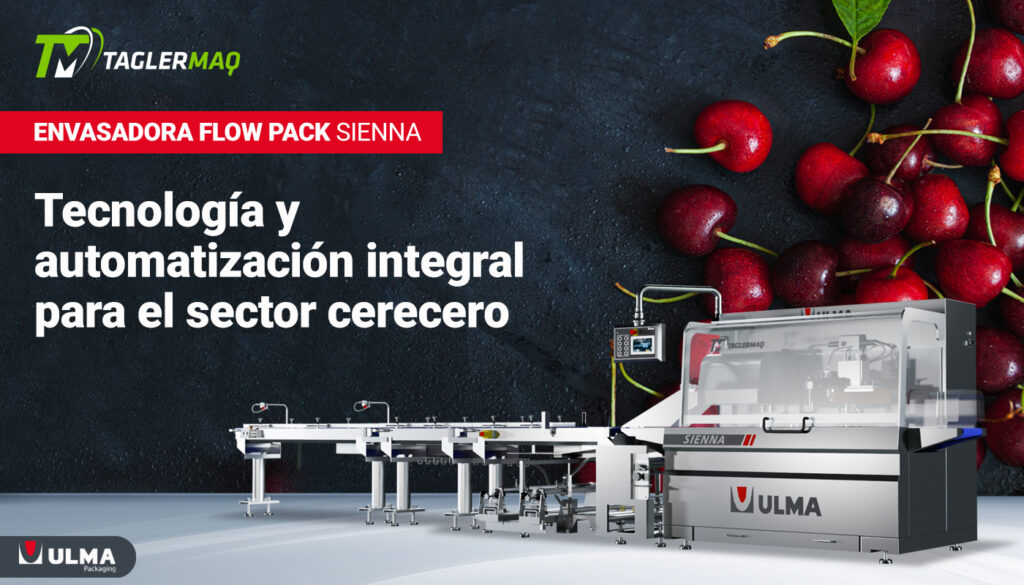Correct soil preparation can determine the establishment capacity of the soil and the useful life of a project; it is essential to monitor the work to avoid possible errors, which cannot be corrected correctly in the future.
The constant growth of fruit growing and the use of new soils for its development has presented a great challenge for producers in recent decades, as it became necessary to use totally different land than usual to plant new orchards.
However, for several years, soil preparation work for new projects did not undergo major changes, as described by Consultant Antonio Lobato, Co-author of Anasac's “Manual for the Preparation of Fruit Soils” recently launched in 2021.
“Until the beginning or middle of 2000 we had good soils, but our lives began to get complicated when fruit growing developed and in the year 2000 the area went from 190 thousand to 342 thousand hectares. This means that we began to use more complex, marginal soils, rice soils, soils with coarse soils, with more clay than we would like, stony ground and when we prepared them with the standards of good soils, there were lines, blocks that never broke, dry soil preparation and when we dug pits over the years we would find all those blocks buried below, although we thought that the harrows broke them, or a lot of humidity, and then we had things like that,” the consultant explained.
Prior to this, in the mid-1990s, it was already possible to detect problems of root asphyxiation, premature decline of fruit trees, which was described in those same years and is represented by the loss of fine root mass, roots growing upwards, red colours, etc.
“We were able to solve this when we understood that not all drip-irrigated soils can be irrigated at high frequency,” Lobato explains. This study was patented in the United States and widely disseminated, so it was thought that the orchards would operate better, however not all the plants had uniform development: “Many of them had twisted root systems, either from nursery origin or because we twisted them at the time of planting. All these defects translate into unevenness and low growth rates, and we described and published this in 2009-2010.” adds the consultant.
Haste, ignorance, among other factors, generated superficial root systems in the various orchards, despite the fact that good soil preparations had supposedly been made: “Empirical evidence said that this was what we had, and not in one species, but in general… confined root systems, root systems at 90 degrees that showed the impossibility of the roots to grow, to develop,” Lobato says.
It was then evident that it was necessary to carry out specific soil preparations, not only at a chemical level, but also physically, using certain types of machinery depending on the type of soil, and that all these tasks should be considered as a fixed investment asset in a project.
“You have to make preparations, you have to make amendments, there is no bad land, there is poorly worked land, all land can be worked (…) You have to make a good preparation and invest the money there, it is the only thing that cannot be done again; you can replant a piece of land, change the irrigation, replant the plant that was bad, but you cannot fix the subsoil again so that the roots can penetrate,” warns Felipe Mayol, also Co-author of the “Manual for Soil Preparation in Fruit Trees”, together with Antonio Lobato, Andrés Piraino and Cristián Pino, a book that addresses techniques and strategies for the correct preparation of soils and thus improve national fruit productivity.
Soil preparation: the only job that cannot be amended
When we talk about establishing a new cherry orchard, it is essential to focus on preparing the soil where it will be established and we must do so in two aspects: the amendments, which are the chemical part, and the physical part, which is the preparation of the soil as such and which we will analyze below.
“The main objective of this work is that it is done only once in the project, after that I cannot correct any type of error, that is why it is so important, just like planting, to do it correctly,” says Bruno Tapia, Avium Technical Coordinator.
It is advisable to start by digging test pits that will allow you to inspect the type of soil and see what level the water table is at, know the humidity levels, and with this data evaluate what is done, how and when.
“What I recommend is to first clear the land if it has grass or weeds, by using a rake, then I recommend using a scarifier, or better known as a fixed leg, in a criss-cross fashion to break up the first few centimeters of soil and not find surprises like when I go to put in a grab, a bulldozer, and find that after this my field is full of clods; you have to break up the first 60 centimeters of soil with light equipment, then an excavator with a claw or a bulldozer with a fixed leg will go in and will be able to penetrate a greater quantity and will not bring clods or large material to the surface. explains Raúl Salas, General Manager of Servcam.
To determine if the soil will break using a bulldozer or an excavator must take into account the humidity of the soil, the presence of stones, among other aspects.
“If we have a soil with a lot of stones, I do not recommend, under any circumstances, using an excavator or a claw, because what it will do is take out all the stones, mix the soil too much and we will have to collect stones forever. The claw is very good when we have rather wet soil, because we can dig deeper, break up the soil more, which is something that with the bulldozer, when we have that humidity, the only thing we achieve is cutting slices that will later join together and we cannot break up the soil, which is what we are looking for.” Salas explains.
The next decision is how the new garden will be planted, whether on the ground or with a sanitary raised bed, in order to have a better isolation of the plants and gather all the nutrients from the soil in a single area; in this case the raised bed would act as a pot for the trees.
“Optimal soil preparation will determine the useful life of a project, as well as its establishment capacity, since it will help with water infiltration and, mainly, in breaking down physical impediments that it may have, which is why constant monitoring of this work once it has begun is key to avoid possible errors, because they will not be able to be corrected properly in the future.” concluded Bruno Tapia, Avium Technical Coordinator.
¿Only physical preparation?
«Do not forget that the concept of “soil preparation” does not only refer to the use of machinery, which includes physical preparation, since chemical and biological soil preparation are also important from the point of view of nutrient recovery, composing part of the organic matter and even providing options to improve the soil microfauna respectively», explains Carlos Tapia, founder and Technical Director of Avium.

The importance of restoring soil sufficiency levels in nutritional terms should not be underestimated.
There are very important basic nutrients that we must recognize and be able to make corrections to before planting, since the work after this is to be able to maintain their adequate levels, and when the orchard is in production to be able to maintain these levels according to the consumption capacity it had based on production, an exercise that must be carried out every year with important adjustments in the post-harvest stage.
Phosphorus (P) is an important element in many soils. It is an immobile element in the soil and it is very important to bring it to a sufficient level before planting. However, this element does not always present problems in cherry production.
Without a doubt, Calcium (Ca) and Potassium (K) are those that we should be most concerned about when making these corrections.
Both elements are part of the Cation Exchange Capacity (CEC) and the fertility of these soils and respond to a dynamic balance between other nutrients such as Magnesium (Mg) and Sodium (Na), where hydrogen (H) and Aluminum (Al) also participate.
In this case, a range of participation in the CEC must be respected, which is around 70% for Ca and 2-3% for K (Table 1).
Any imbalance in Ca affects the balance of the other cations. That is, if Ca is applied to the soil without major need and it exceeds the CEC participation by 70%, it will automatically affect and decrease those nutrients that are lower on the participation line, such as Mg and K respectively, resulting in an imbalance of them in terms of deficiency.

It has become common to use Ca Sulfate (Fertiyesso) in chemical amendment applications to “improve” soil structure. However, if the soil has adequate or higher than normal levels of Ca, the indiscriminate use of this fertiyeso, which provides Ca to the soil, will increase the participation of this element in the CEC, not being necessary and automatically unbalancing the other cations (Mg, K and Na), so the correct use of this time of calcium amendments, should only be reserved to be able to compose the nutritional standards, and if necessary, in parallel, secondly, it will help the soil through the physical way.
«The case of K is different, and its participation in the CEC is so low (but so necessary) that high levels of K are not capable of unbalancing Mg and Ca upwards. K is a very little mobile element in the soil and is not phytotoxic, so it can be applied without risk of loss. Consider also that it is the element that cherry cultivation consumes the most (even exceeding 10 units of K).2Or per ton of fruit produced), which is why it is very important to ensure these levels of sufficiency before planting so that later, during the seasons, the exercise is to replenish use through a consumption rate with respect to production. analyses and concludes Carlos Tapia, cherry production specialist and technical director of Avium.




